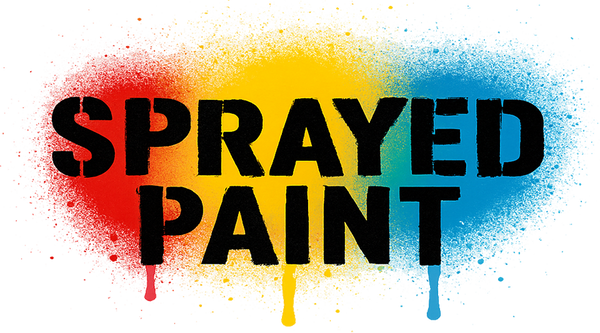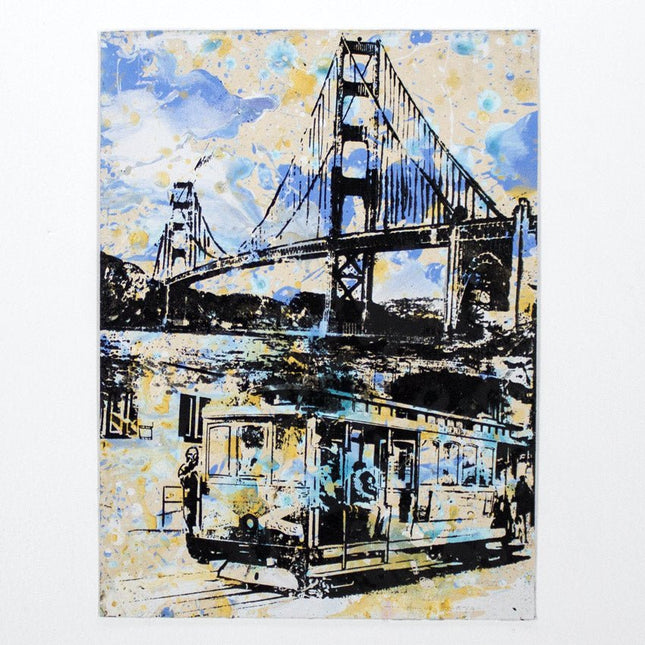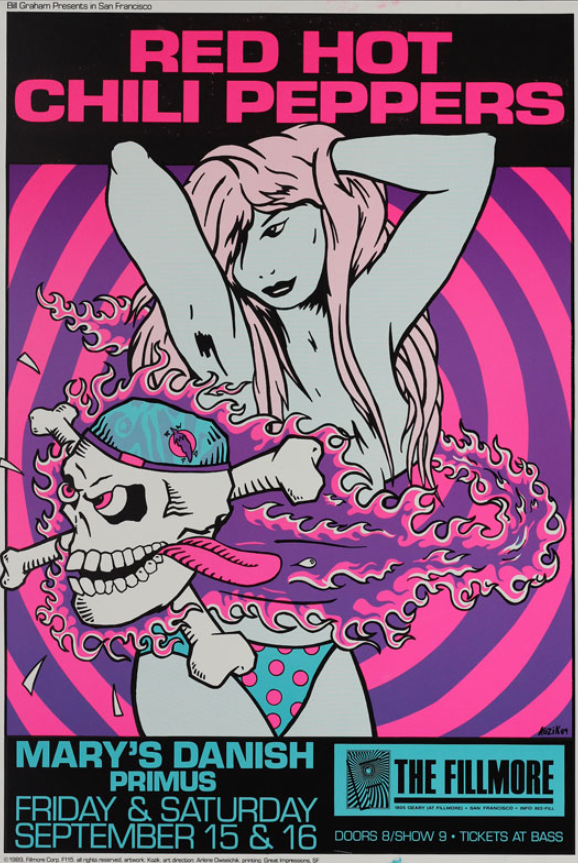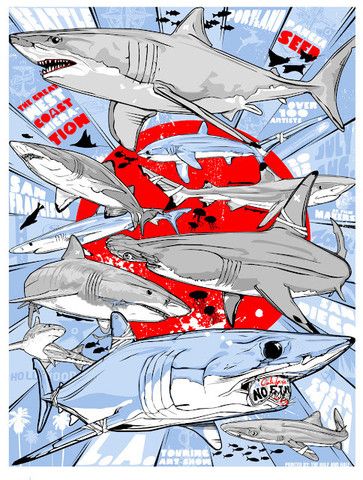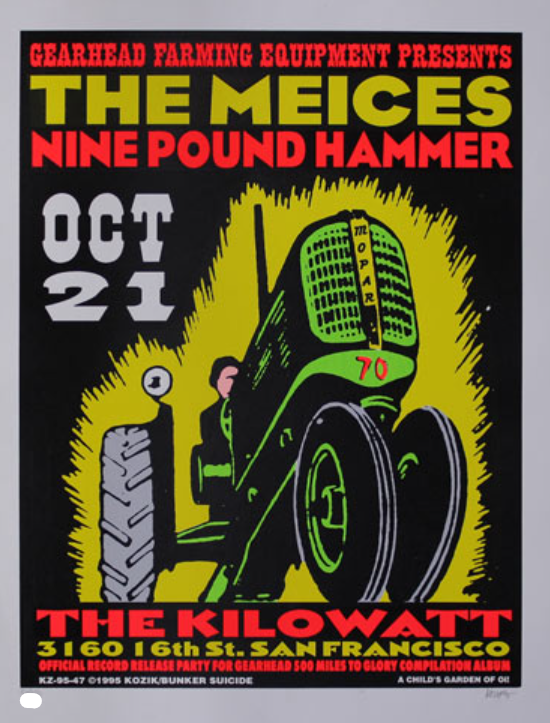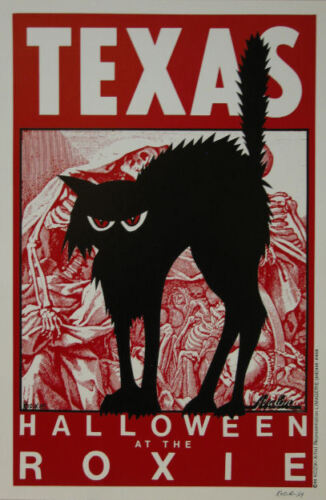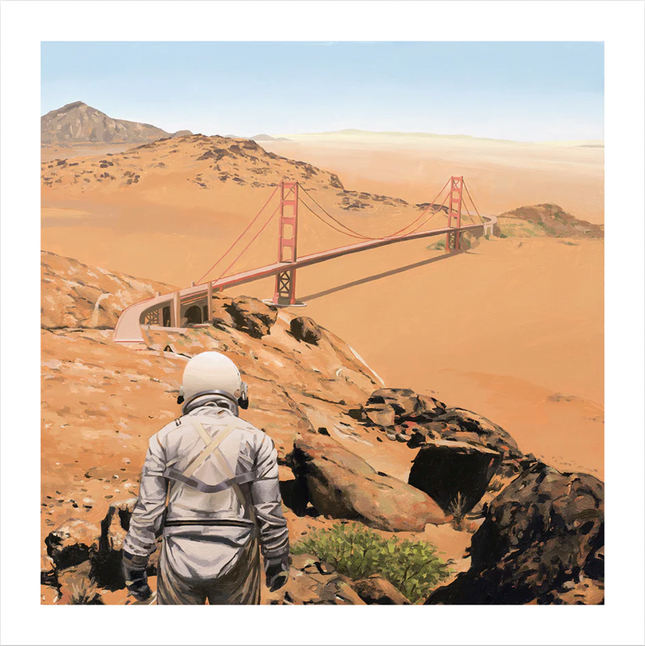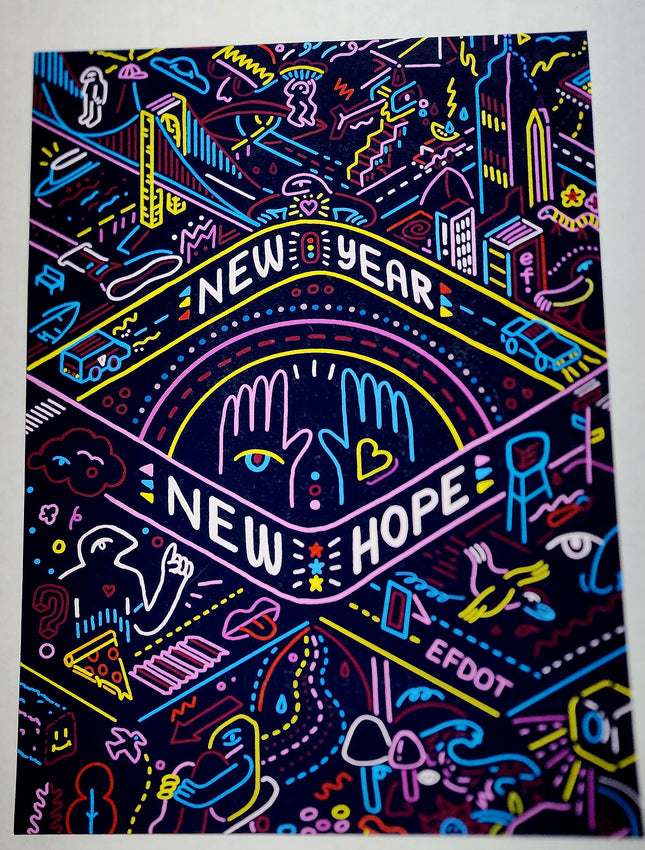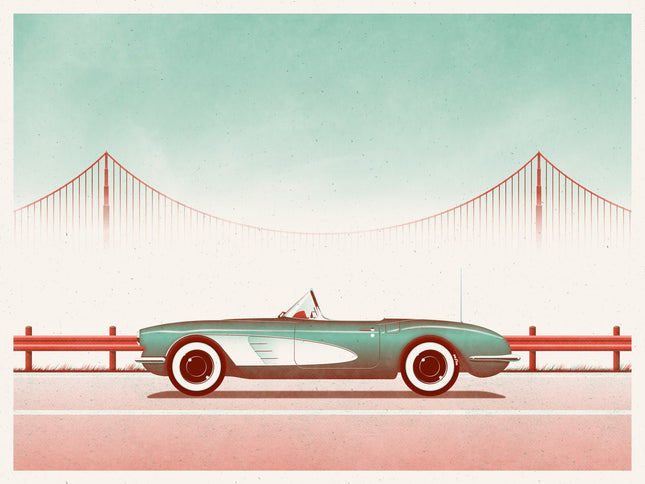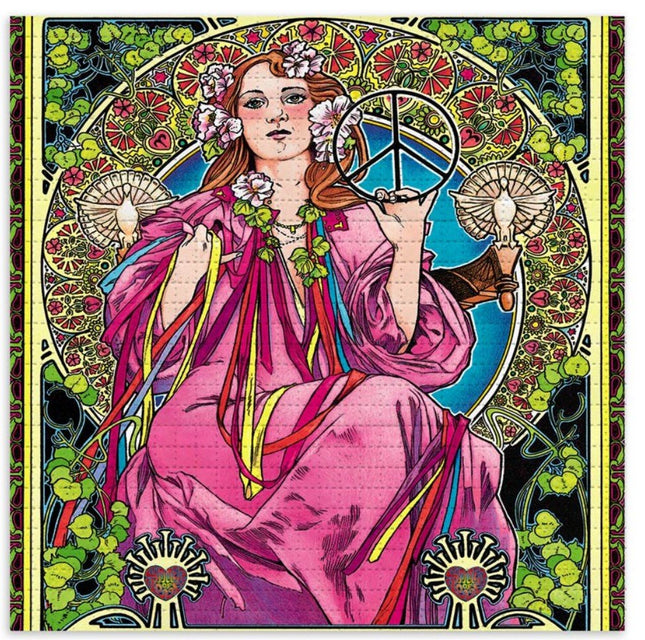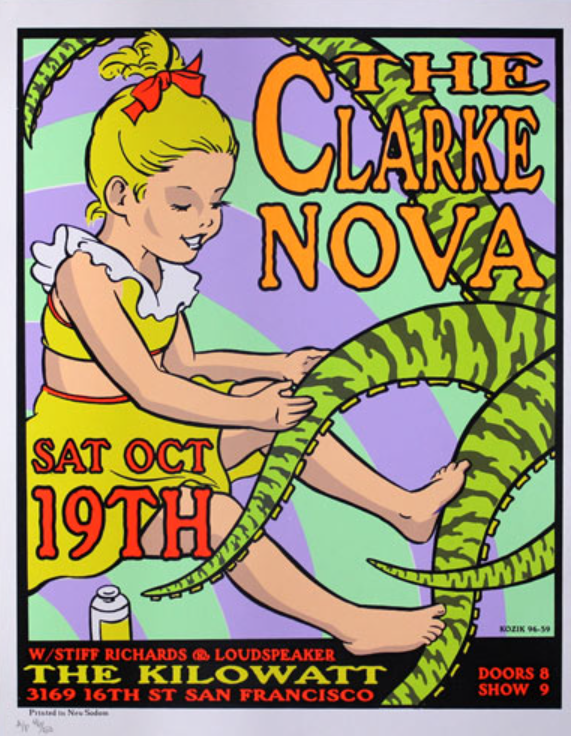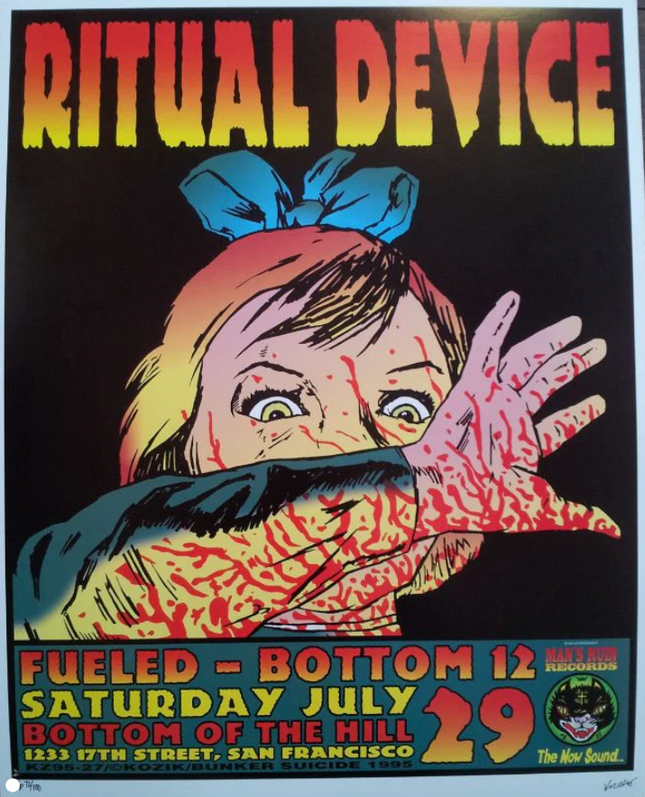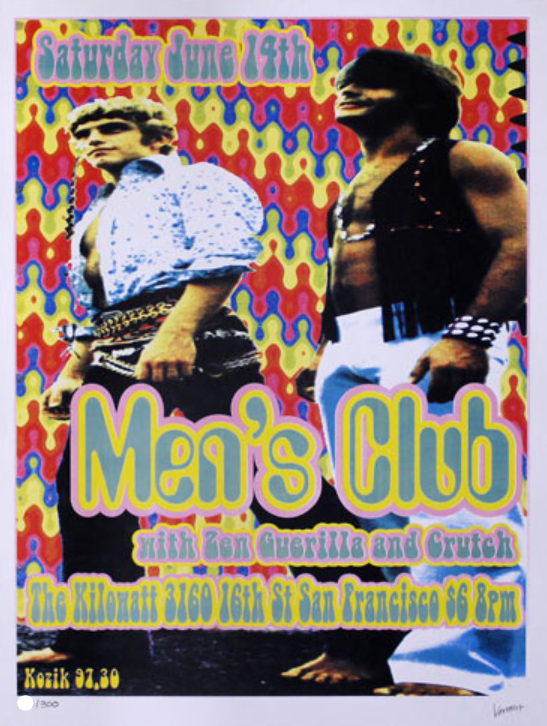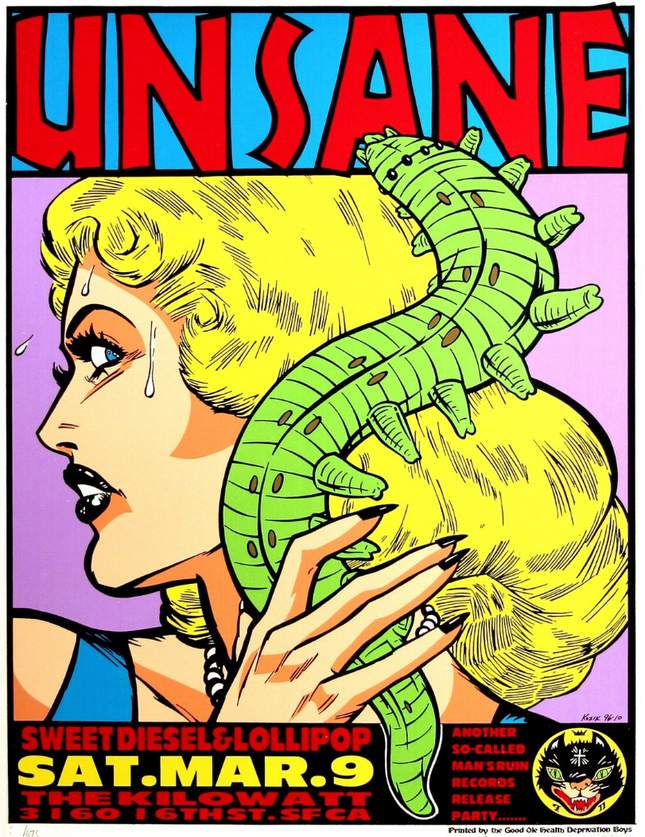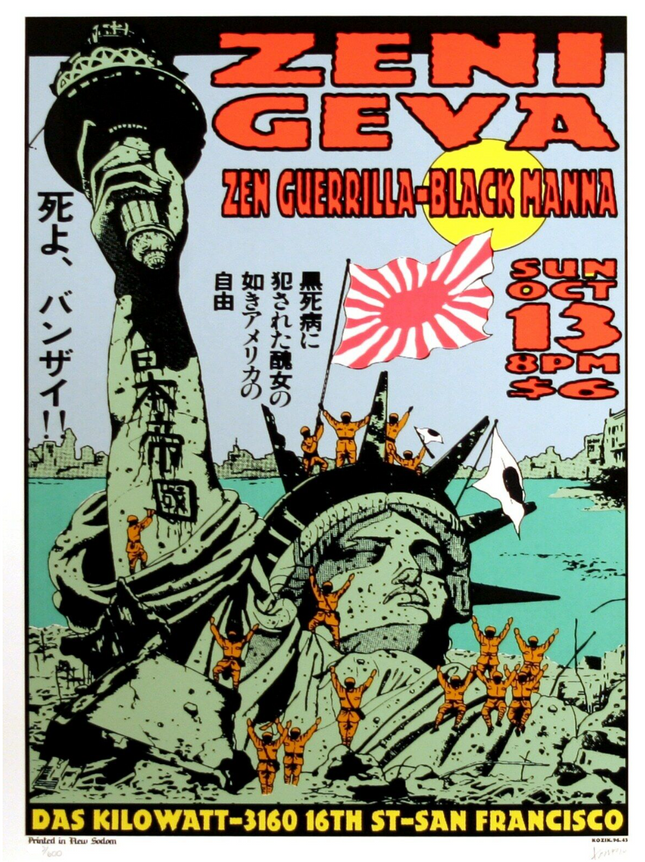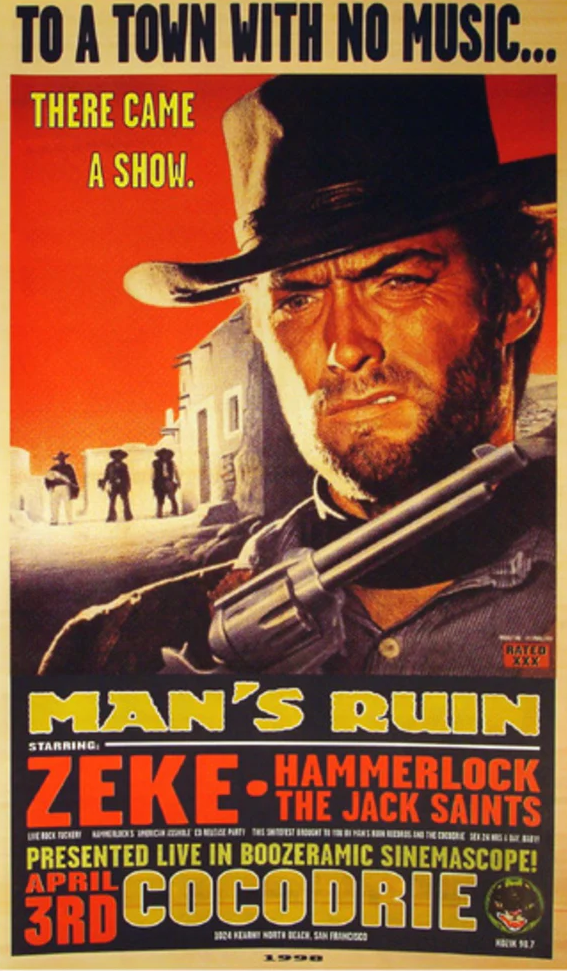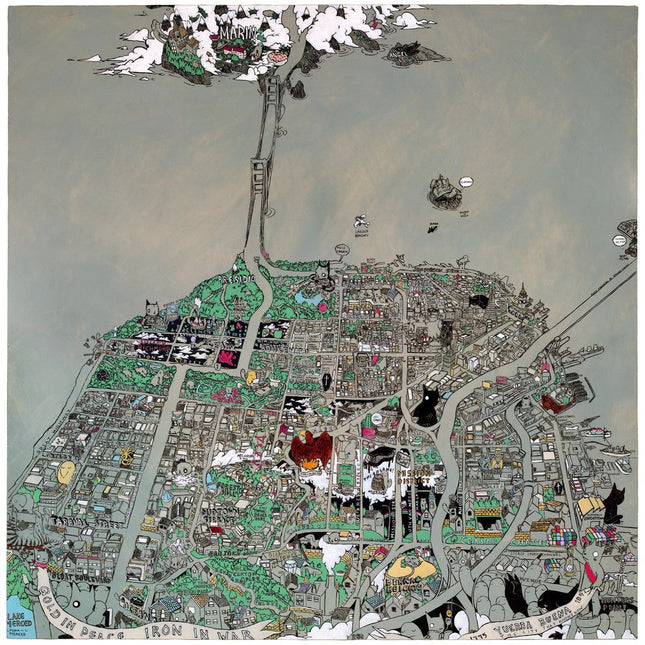
San Francisco in Street Pop Art & Graffiti Artwork
San Francisco has long been a hub for artistic expression, with its vibrant culture, historic neighborhoods, and deep-rooted countercultural movements influencing generations of artists. The city's streets, alleyways, and abandoned buildings have served as canvases for some of the most dynamic Street Pop Art & Graffiti Artwork in the country. From the iconic murals in the Mission District to the rebellious stencil work found throughout its urban landscape, San Francisco’s art scene thrives on creativity, activism, and cultural storytelling. The fusion of pop-inspired visuals and raw graffiti elements makes the city's street art unique, reflecting its history of innovation and resistance.
Murals, Stencils, and Urban Identity
San Francisco is home to an extensive collection of large-scale murals, many of which tell the stories of the city's diverse communities. The Mission District, in particular, is a living gallery of color and political commentary, with murals that address themes of social justice, immigration, and cultural heritage. Artists use bold compositions, intricate details, and layers of symbolic imagery to create immersive experiences that transform public spaces into storytelling platforms. Stencil work and wheatpaste posters are also prevalent, appearing in alleyways and abandoned buildings, often carrying messages of protest or satire. The visual style of these pieces borrows from Street Pop Art & Graffiti Artwork, blending recognizable pop culture references with underground techniques. Many artists repurpose images of historical figures, musicians, and political icons, reframing them through a street art lens that challenges mainstream narratives.
Street Pop Art & Graffiti Artwork Influence
The presence of Street Pop Art & Graffiti Artwork in San Francisco reflects the city's long-standing relationship with artistic rebellion. The psychedelic poster movement of the 1960s, driven by artists who designed flyers for rock concerts, laid the foundation for pop-inspired visual culture. This tradition continues in modern street art, where vibrant color palettes and surrealist compositions merge with the raw, unsanctioned aesthetics of graffiti. Many contemporary artists blend hand-drawn typography, comic book influences, and propaganda-style graphics, creating work that exists at the crossroads of fine art and urban expression. The layering of paint, the use of mixed media, and the intentional imperfections within these pieces embrace the spontaneous and evolving nature of street-based artwork. Whether through sticker bombing, paste-ups, or expansive murals, San Francisco’s street art scene continues to challenge conventions and push creative boundaries.
Evolution and Cultural Significance
San Francisco remains a constantly shifting landscape of Street Pop Art & Graffiti Artwork, with new artists emerging and established figures continuing to redefine public spaces. The intersection of technology and street art is particularly prominent in the city, with digital projections and augmented reality experiences becoming part of the urban environment. Many artists engage in collaborations that fuse traditional graffiti techniques with modern printing processes, creating limited-edition screenprints that mirror the work found on city walls. The artistic legacy of San Francisco’s counterculture movements ensures that street art remains a vital part of its identity, reflecting the voices, struggles, and triumphs of the communities that inhabit it. As the city continues to evolve, so does its visual landscape, making it a significant epicenter for contemporary urban art movements.
